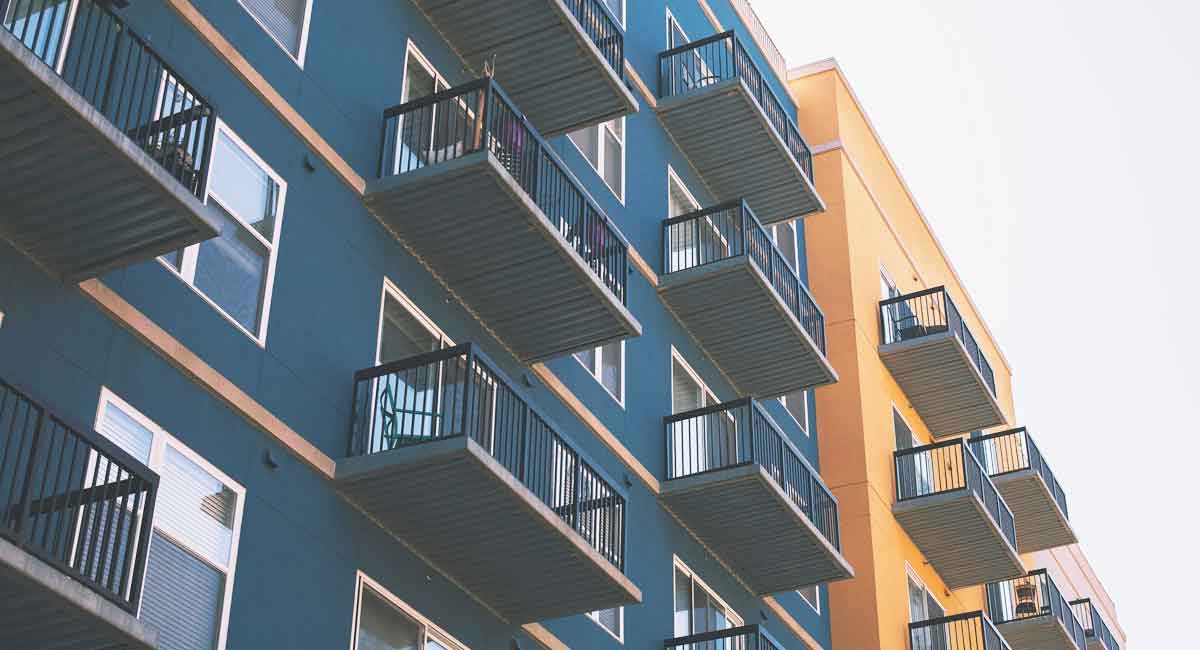若き学生時代に急遽海外放浪の旅に踏み出し、その経験から外国人賃貸業界に深い興味を抱くようになったのが、イチイ社長・荻野氏です。このコラムでは、そんな荻野の体験をコラム形式でお届けします。
※本コラムは『異文化共生住宅』をテーマにイチイ社長 荻野が2005年1月から2006年3月まで週刊住宅に寄稿したものです。
「2003年問題」がフォローの風に
「入居者募集! 築20年新築同様」これは30年前、古都ロンドンで見かけた不動産広告である。決して『トリビアの泉』ネタではない。何かの間違いか、それともオトリ広告かと他の広告も見てみたが、やはりどの広告にも“築20年、築25年新築同様”の表記があった。新築同様とは築1~2年程度と思っていた私には、これはただの誇大広告ないしオトリ広告としか最初は思えなかった。だが、ロンドンでは築100年を超す建物は珍しくなく、そういった古い建物を、さらに自分達でリフォームしながら、ゲストハウスとして運用している若者などもいて、不動産広告の“築20年新築同様”は決して嘘でないと思えた。
さて、欧米に比較し建物寿命が極端に短い日本だが、最近その寿命に変化が現れだした。2003年以降の新築大型ビルラッシュは、中古ビル市場にテナント不足という深刻な事態をもたらしたが、一方、空きビル対策としてコンバージョン(用途変更)が推進されるきっかけとなった。それは、従来の“スクラップ&ビルド”方式ではなく、用途を変えることで建物を生かし、長く維持しようとする考え方である。テナントの集まらない中古ビル、少子化の影響で学生が居なくなった学生寮、そして経費削減のあおりを受け閉鎖された社宅などが、大規模改修を必要としないゲストハウスへのコンバージョン対象として検討され始めた。
個人の戸建てや小規模アパートの用途変更から始まったゲストハウスであるが、「2003年問題」が思わぬフォローの風となり、空きビル、空き寮対策として注目されるようになり、個人経営者のみでなく不動産会社などの企業がその事業に参加し始めた。現在、ゲストハウスは都内近県でその数を徐々に増やし、また規模自体も大型化している。
我が社が運営している大型ゲストハウスとしては、埼玉県新座市と千葉県松戸市に学生寮を転用したものがある。両方とも地上5階建、6階建のコンクリート造りで築年数もまだ15年足らずと新しい(イギリスであれば、さしずめ新築同様である)。建物の世帯数はそれぞれ80戸、160戸と多く、常に20ケ国以上の人がそこで生活をしている。また、設備については学生寮という建物の特殊性をそのまま生かし、台所、トイレ、お風呂は共同である。国内最大規模である千葉のゲストハウスには、サウナ室、アスレチックルーム、映画鑑賞室なども用意され、中庭ではバーベキューパーティーなどもできるよう設備が備わっている。
Coexistence Housing in a Borderless Era: The Evolution of GuesthousesEpisode 7: The Expansion of Guesthouses – Part 1“
※This column is a series of articles written by Masao Ogino and published in a weekly newspaper from January 2005 to March 2006, focusing on the theme of “Multicultural Coexistence Housing.
“Tenants Wanted! Like-new condition, 20 years post-construction.” This was a real estate advertisement I saw in the ancient city of London 30 years ago. It wasn’t material for “Trivia no Izumi” (Fountain of Trivia). Whether it was a mistake or bait advertising, I checked other ads and found that they all mentioned “like-new condition, 20 or 25 years post-construction.” Initially, I thought this was merely an exaggeration or bait advertising, as I considered “like-new” to mean built within the last 1-2 years. However, in London, buildings over 100 years old are not uncommon, and some young people even operate these old buildings as guesthouses while refurbishing them themselves. I came to realize that the “like-new condition” claim in these real estate advertisements was not a lie after all.
In Japan, compared to Europe and America, the lifespan of buildings is significantly shorter, but recently there has been a change in this lifespan. The construction boom of new large-scale buildings after 2003 led to a serious problem of tenant shortages in the used building market. However, this also served as an impetus for promoting conversion (change of use) as a measure against vacant buildings. This approach seeks to repurpose and maintain buildings for extended use, unlike the traditional “scrap and build” method. Used buildings that could not attract tenants, student dormitories left empty due to declining birthrates, and company housing closed down to cut costs began to be considered for conversion into guesthouses without needing extensive renovations.
Starting from the conversion of individual houses and small apartments, the “2003 problem” unexpectedly became a tailwind, drawing attention to the issue of vacant buildings and dormitories. Not only individual entrepreneurs but also real estate companies and other corporations have started to participate in this business. Nowadays, the number of guesthouses is gradually increasing in and around Tokyo, and their scale is also expanding. Among the large-scale guesthouses operated by our company, there are converted student dormitories in Niiza City, Saitama Prefecture, and Matsudo City, Chiba Prefecture. Both are concrete constructions of 5 and 6 stories, still less than 15 years old (which would be considered like-new in Britain). Each building houses 80 and 160 units, respectively, and more than 20 nationalities live there constantly. The facilities, leveraging the unique characteristics of student dormitories, include shared kitchens, toilets, and baths. The largest guesthouse in Chiba is equipped with a sauna room, an athletic room, a movie viewing room, and the courtyard has facilities for barbecue parties.
无边界时代的异文化共生住宅:客栈的演变 第7集:客栈的扩大 – 第1部分 “2003年问题”成为顺风
“招租!建成20年,犹如新建。”这是我30年前在古城伦敦看到的一个房地产广告。这并不是“奇趣源泉”里的素材。不知道是不是个错误或是引诱性广告,我查看了其他广告,发现它们都提到“建成20年、25年,犹如新建”。起初,我以为这只是夸张或引诱性广告,因为我认为“犹如新建”意味着建成1-2年。然而,在伦敦,超过100年历史的建筑并不少见,一些年轻人甚至在自己翻新这些老建筑的同时,将其运营为客栈。我逐渐认识到,这些房地产广告中的“犹如新建”并非虚假。
与欧美相比,日本的建筑寿命极短,但最近这种寿命开始出现变化。2003年之后新建大型建筑的热潮,导致了二手建筑市场租户短缺的严重问题,但同时,这也成为推动转换(用途变更)作为空置建筑对策的动力。这种方式试图通过改变用途来延长建筑的使用寿命,而不是传统的“拆除重建”方法。无法吸引租户的二手建筑、因少子化而空置的学生宿舍、以及因削减成本而关闭的公司宿舍等,开始被考虑转换为不需要大规模翻修的客栈。
从个人住宅和小型公寓的用途变更开始,”2003年问题”意外地成为了顺风,使空置建筑和宿舍问题受到关注,不仅个人经营者,连房地产公司等企业也开始参与这一业务。如今,客栈的数量在东京及周边地区逐渐增加,其规模也在扩大。我公司运营的大型客栈中,有位于埼玉县新座市和千叶县松户市的转换学生宿舍。两者都是5层和6层的混凝土建筑,建成时间还不到15年(在英国,这将被认为是犹如新建)。每栋建筑分别有80户和160户,常住20多个国家的人。此外,设施利用学生宿舍的特殊性,包括共用厨房、卫生间和浴室。千叶的最大客栈配备了桑拿室、运动室、观影室,庭院还配备了烧烤派对的设施。
荻野社長ブログはコチラ▶ https://co-lifestyle.net

